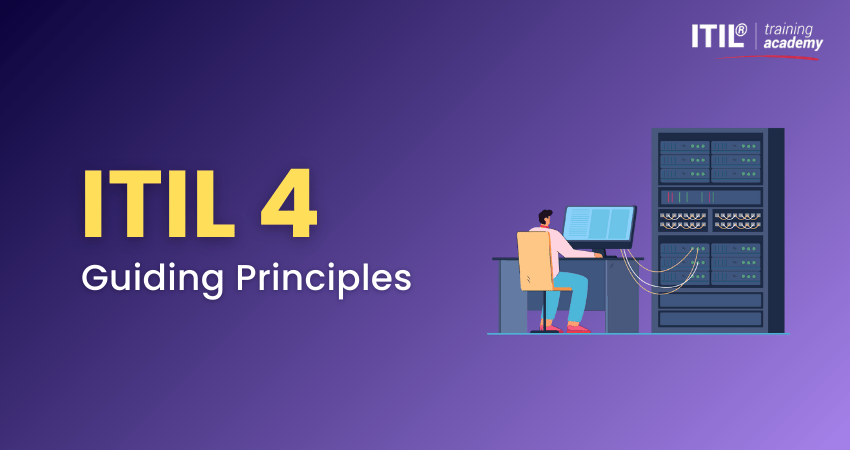What is ITIL Demand Management? Key Concepts and Process
ITIL Demand Management aligns IT resources with business needs by analysing demand patterns, forecasting usage, and ensuring efficient service delivery. Its benefits include improved forecasting of service demand, optimised resource allocation, reduced operational waste, and minimised service disruptions and overprovisioning.
 Sep 20, 2025
Sep 20, 2025





 Back to
Topics
Back to
Topics



























